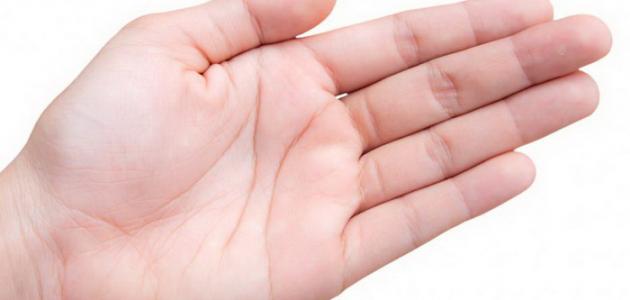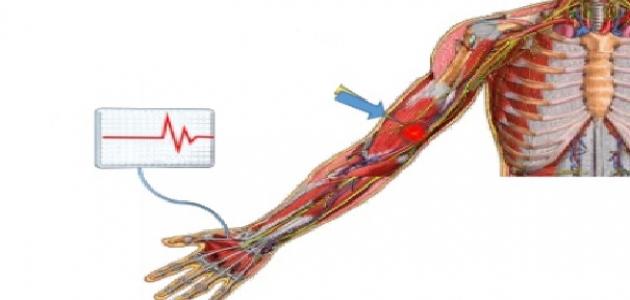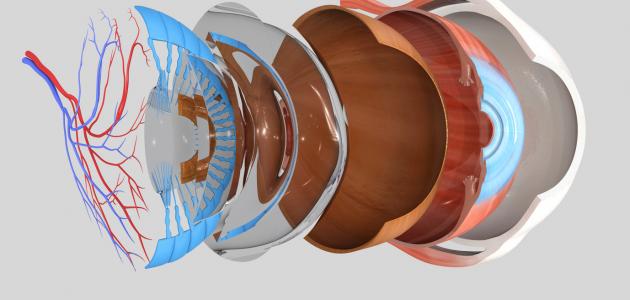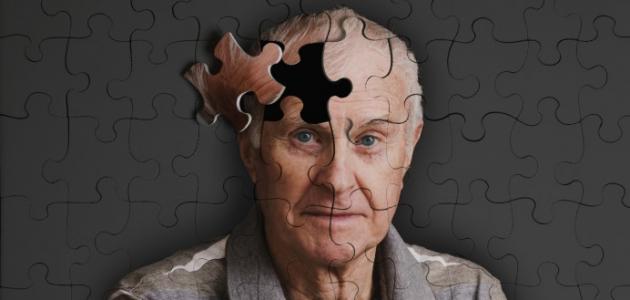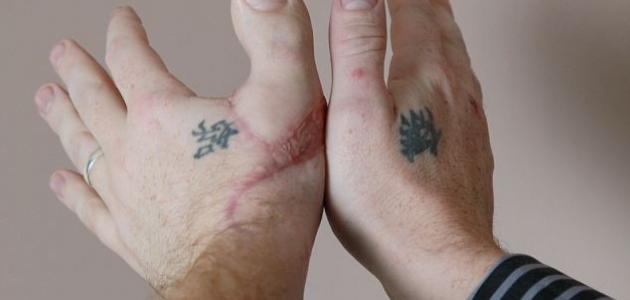Contents
nerve
Consists of the nervous system of a very large group of nerve or neuronal cells linked together, [1] and in fact constitutes a nerve and neurons complex network within the human body, which functions to Different messages are transmitted through specific nerve pathways to and from the brain and spinal cord, [2] which allows the brain to know the details of events inside and outside the body, [1] It is worth noting that the human brain contains 100 billion neurons, while the spinal cord contains 13.5 million cells Nervousness, [3]These cells differ from the rest of the body's cells in that they are difficult to regenerate. The body does not easily replace it if it dies or is damaged as a result of a pathological infection or a specific injury. [4]
The mechanism of nerve action
A nerve cell consists of a body, several branches , and one axis, and the body of the nerve cell represents its control center, and it often contains several branches that serve to deliver the nerve signal to the cell body, while the cell axis transmits the nerve signal to neighboring cells And to the target tissue. [2]At the end of every nerve cell there is what is called the synaptic terminal, where it represents the meeting point of the nerve cell with another cell, or with a muscle cell, and in fact the synapse is filled with sacs that carry chemicals that act as neurotransmitters After the electrical nerve signals travel through the nerve cell, to reach the synapses, the chemical neurotransmitters exit from the first cell to the neighboring cell, where these transmitters transmit the electrical signal to the neighboring cell, to carry the nerve signal with it again, and this process continues until The signal arrives at the desired location, and it should be noted that there is a fatty substance that envelops the nerve fibers, to help them transmit signals at high speed, and it is called myelin . [1]
It is worth noting that there are four types of neurons , which differ from each other in shape, size, location, and work to be performed. The following is an explanation of these types: [3]
- Sensory neurons: The importance of sensory neurons lies in the delivery of electrical signals from the external parts of the body to the central nervous system. The external parts represent the glands, skin, and muscles.
- Motor neurons: The importance of motor neurons lies in the transmission of signals from the central nervous system to the various external parts of the body.
- Receptor neurons: The importance of receiving neurons lies in sensing external events in the environment surrounding a person, such as light, sound, touch, and chemicals, where they then work to convert them into an electrochemical energy formula, which the motor neurons can transmit.
- Internal neurons: These neurons represent intermediate neurons that transmit nerve signals from one neuron to another.
Nervous system
The nervous system consists of two main parts, namely: the central nervous system, and the peripheral nervous system . [4]
The central nervous system
The central nervous system includes the following parts: [2]
- The brain: The brain is located inside the skull, and it contains the nerve cells and the cells supporting them, which are called glial cells , and the brain consists of two materials according to the parts of the cell in which they are located, the first is gray, and the second is white, where the gray material works to receive and store signals Neurotransmission, while white matter conducts nerve signals to and from the gray matter, and the brain is divided into four basic parts: the brain stem, the cerebrum, the cerebellum, and the diencephalon.
- The spinal cord: the spinal cord appears in the form of a tube that extends from the brain, and is located within the spine, and its length reaches approximately 43 cm in women, and approximately 45 cm in men, and contains motor and sensory nerves present in 31 spinal segments, where a husband exits From the spinal nerves of each segment.
- Meninges: Meninges are made of three membranes called the compassionate mother, the arachnoid mother, and the dura mater, which envelop the brain and spinal cord, in order to protect them from the entry of microorganisms.
- Cerebrospinal fluid: Cerebrospinal fluid surrounds the brain and spinal cord , and works to provide protection and the necessary food for them.
peripheral nervous system
The peripheral nervous system includes all nerves in the rest of the body, except for the brain and spinal cord, and is divided into the following systems: [3] [2]
- The physical nervous system: or the voluntary nervous system, this system is concerned with controlling the things that a person controls consciously, for example when a person moves a part of his body, such as the head, arms, and legs.
- Autonomic nervous system: or the nervous system autonomic, cares about this device to control the physical processes sensitive, in which man does not control consciously, such as heart rate, respiration, metabolism, this device consists of:
- Nervous system friendly: where he works to stimulate the body to prepare for the performance of physical and mental activity, by opening the airways to facilitate breathing , and increase the strength and speed of cardiac strikes, and stop digestion operations temporarily.
- Parasympathetic nervous system: where this device works to control various body functions during rest time, and helps the body to relax, stimulate digestion, and metabolism.
- The enteric nervous system: This system is exclusively concerned with regulating bowel movement during the normal digestion of food .
Nervous system problems
The nervous system is exposed to a group of problems and diseases, and among the most common of these diseases are: [4]
- Epilepsy.
- Meningitis .
- Multiple sclerosis.
- Disease Parkinson 's .
- Sciatica.
- Herpes zoster.
- Stroke .
References
- ^ A b t by Dr of Kate (14-11-2016), "The Nervous System" , Www.cyh.com , Retrieved 24-7-2018. Edited.
- ^ A b t w Ananya Mandal (16-11-2017), "What ' Is the System The Nervous?" , Www.news-medical.net , Retrieved 24-7-2018. Edited.
- ^ A b T. Erica Cirino (3-5-2017), "About 11 Password The Facts Pets Nervous the System" , Www.healthline.com , Retrieved 24-7-2018. Edited.
- ^ A b T. "Nervous System" , Www.betterhealth.vic.gov.au , 1-8-2014, Retrieved 24-7-2018. Edited.



